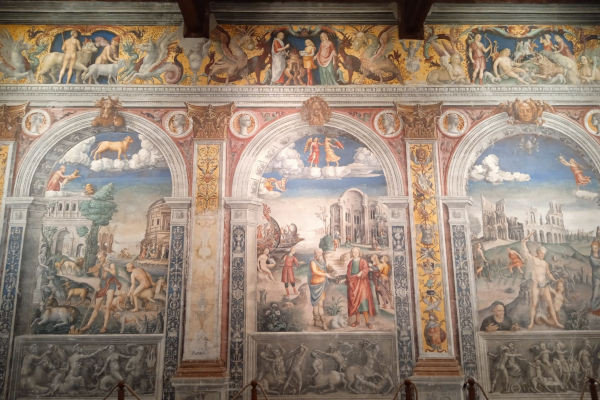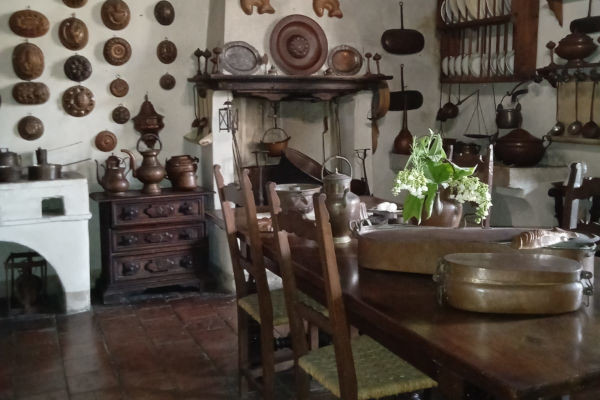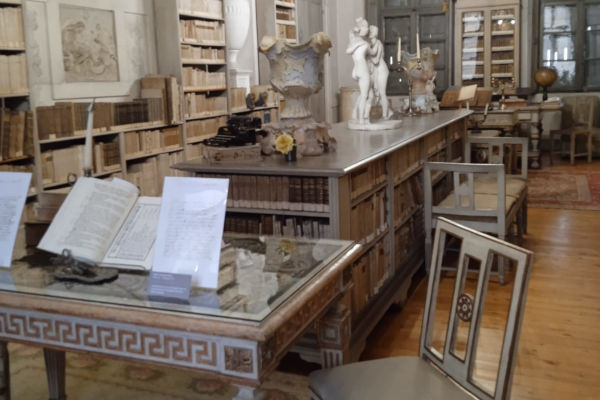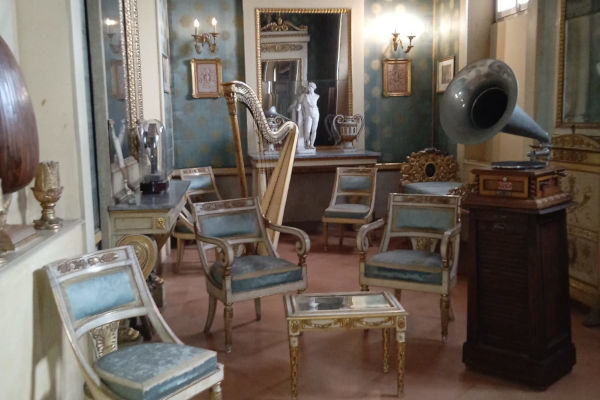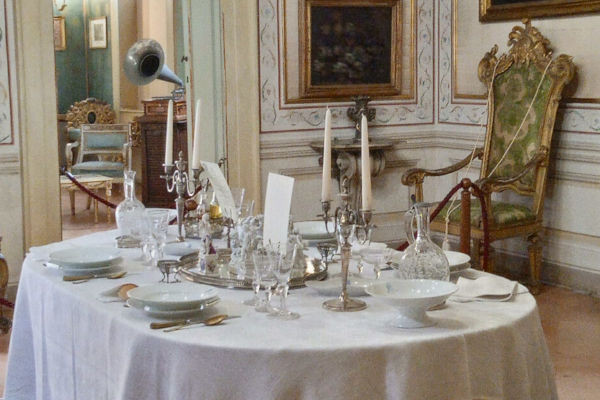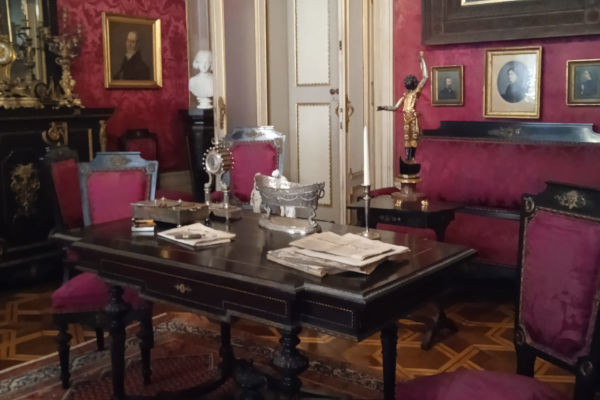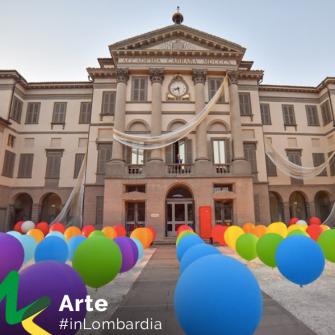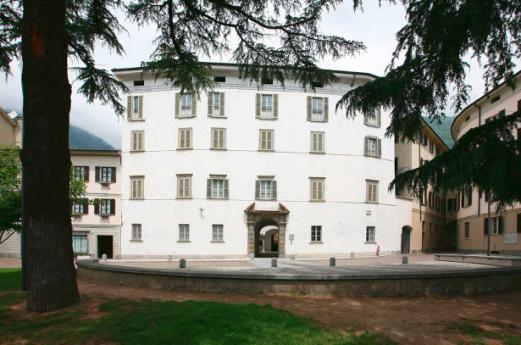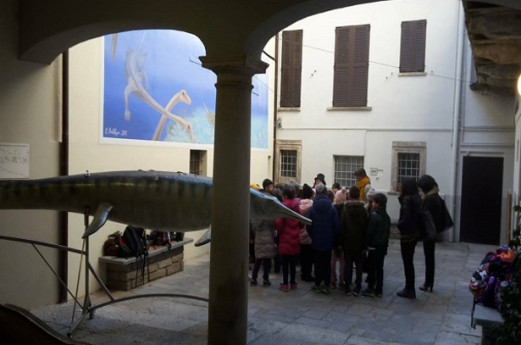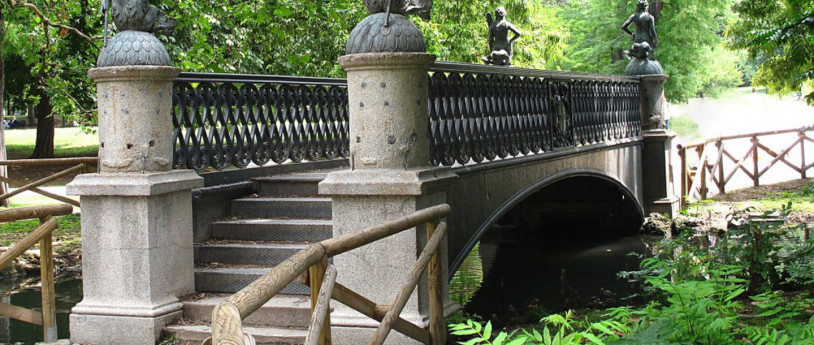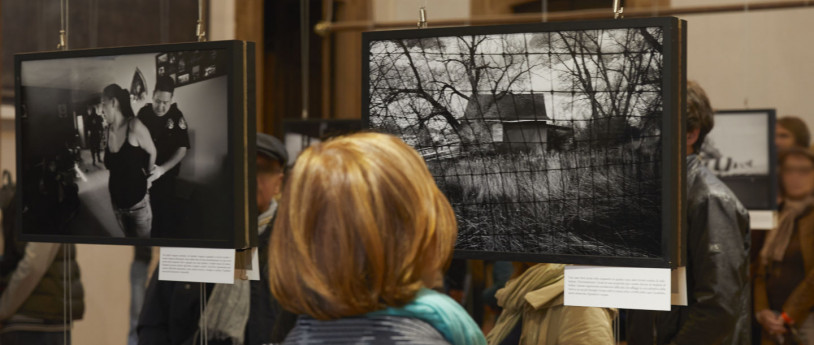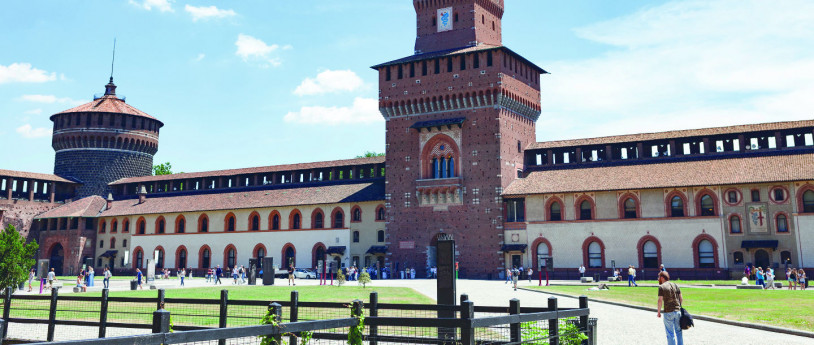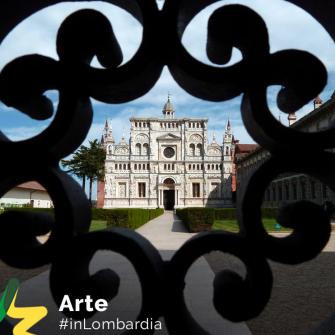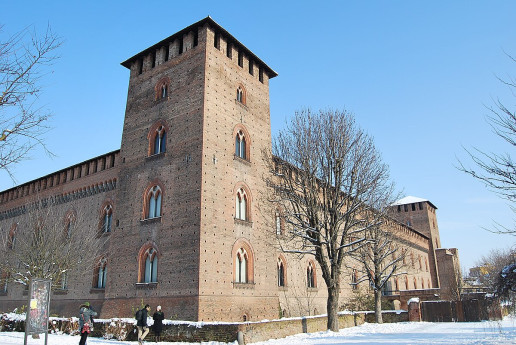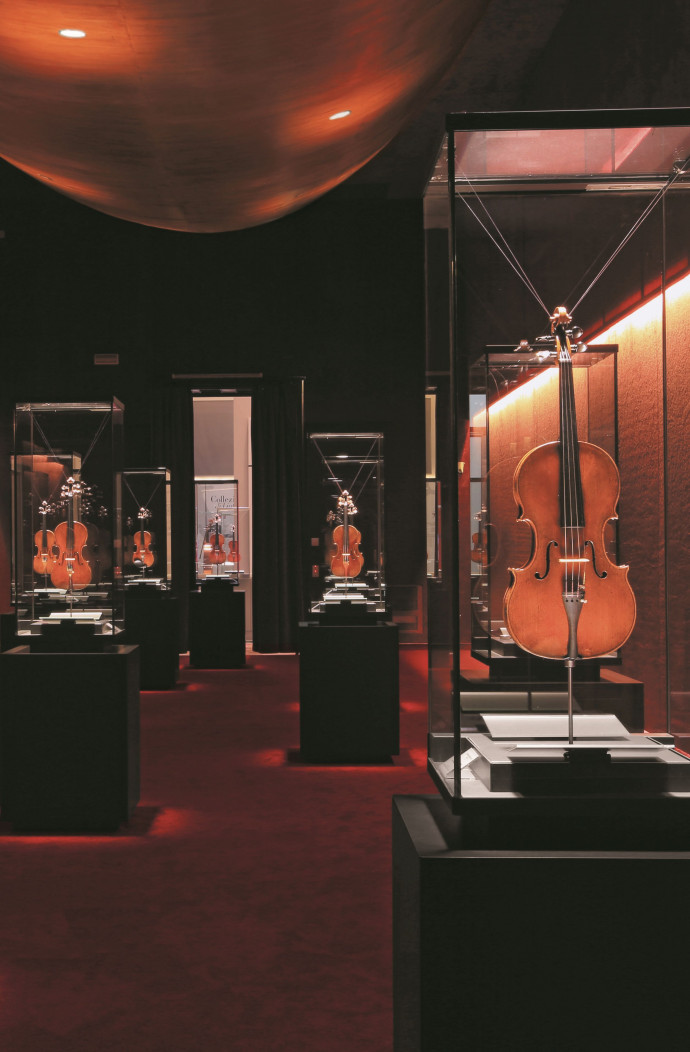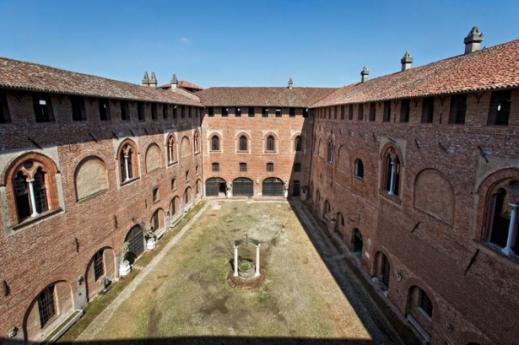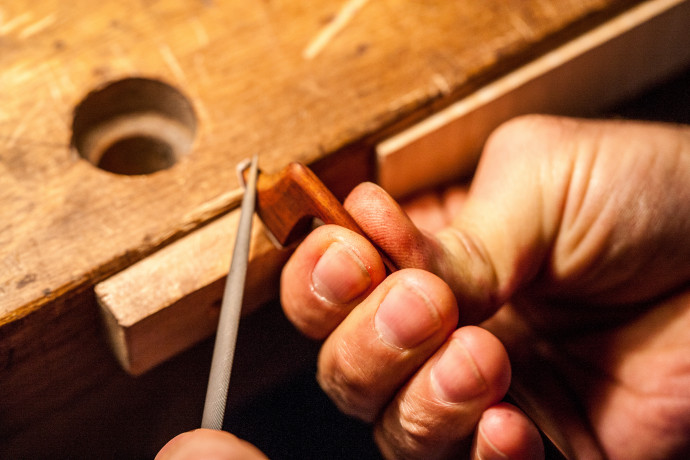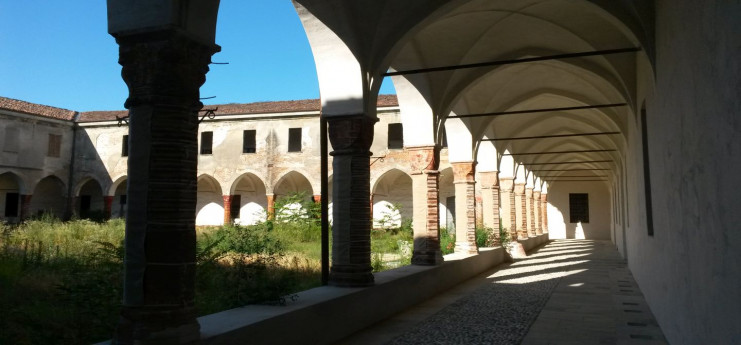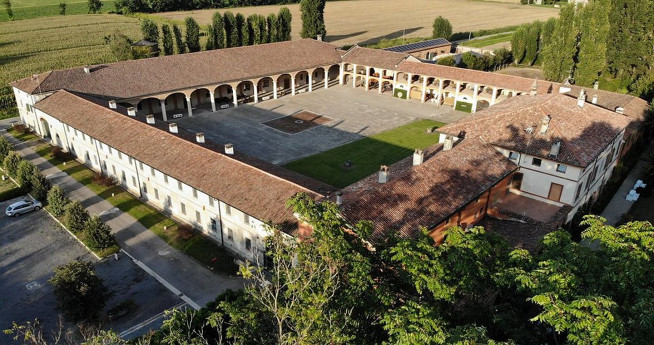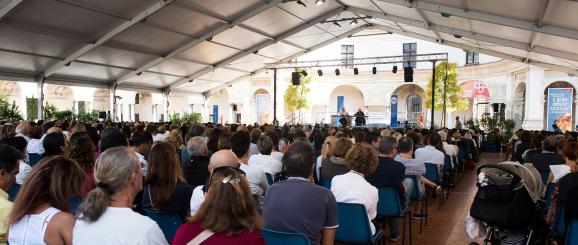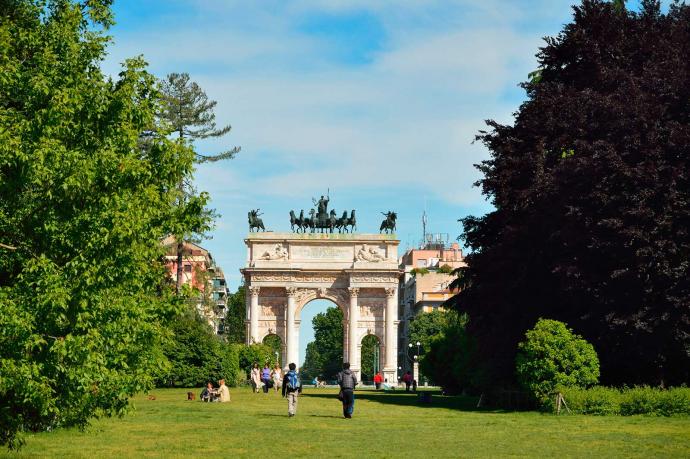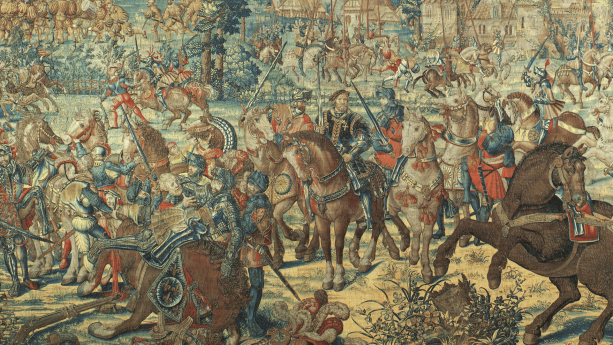- Art & Culture
- Lifestyle
Palazzo d'Arco in Mantua
Everyday life of a noble family in the 18th and 19th Century
The imposing facade of the neoclassical 18th century residence of the Counts D’Arco is overlooking a large cobbled square.
Beyond the entrance hall, past the semicircular exedra, you glimpse the coloured and scented garden with flowers and plants, fruit trees and aromatic herbs. Climbing the monumental marble staircase, you arrive to the noble floor, where the furnished rooms reveal the lifestyle, the elegance, the flair and the passions of the noble family D’Arco, extinguished only half a century ago, that could boast an history of nine hundreds years.
From the great Ancestors’ Hall, you go on into the private apartments of the landlord and the landlady, where the chandeliers and the Murano glass lamps give light to the reception rooms for the guests to whom tea, coffee or chocolate were offered in precious Meissen porcelain cups and silver services.
You will also visit private little studies, a dressing room, an English Victorian style smoking room for gentlemen only, where they smoke cigars and speak about politics. Your eyes will be attracted by inlaid furniture, chests of drawers, tables set with ancient porcelain or ceramic services.
The heritage is so rich and varied thanks to the last countess Giovanna, who died in 1973, and generously gave such wealth to her beloved Mantova and to the visitors of the only museum-house of the city. Cultivated and intelectuals, the Counts D’Arco collected a valuable art gallery with paintings by Lorenzo Lotto, Bernardino Luini, Sodoma, Grechetto, Antoon van Dyck. The remarkable library has manuscripts and incunabula, cinquecentine and ancient books available to anyone who wants to consult them.
You cannot miss the kitchen, whose walls are covered with copper moulds of different and unusual shapes used to cook puddings, jellies and pies; copper jugs, bowls, lemon squeezers, coffee pots, big pans are exhibited together with all was needed to please the palate of the refined lords.
The surprises are not finished: in the garden two ancient little buildings give hospitality to a naturalistic collection and to an amazing room frescoed by the painter Giovanni Maria Falconetto in 1520. Under big painted arches the twelve signes of the zodiac are told through myths, heroes of the past, ancient monuments to appreciate the step back in time at its best.
-
Ph cover: Federica Bottoli
Text and images in gallery by MARTA PETRUZZELLA, ConfGuide Mantova
CLICK HERE to discover her other itinerary proposals.
